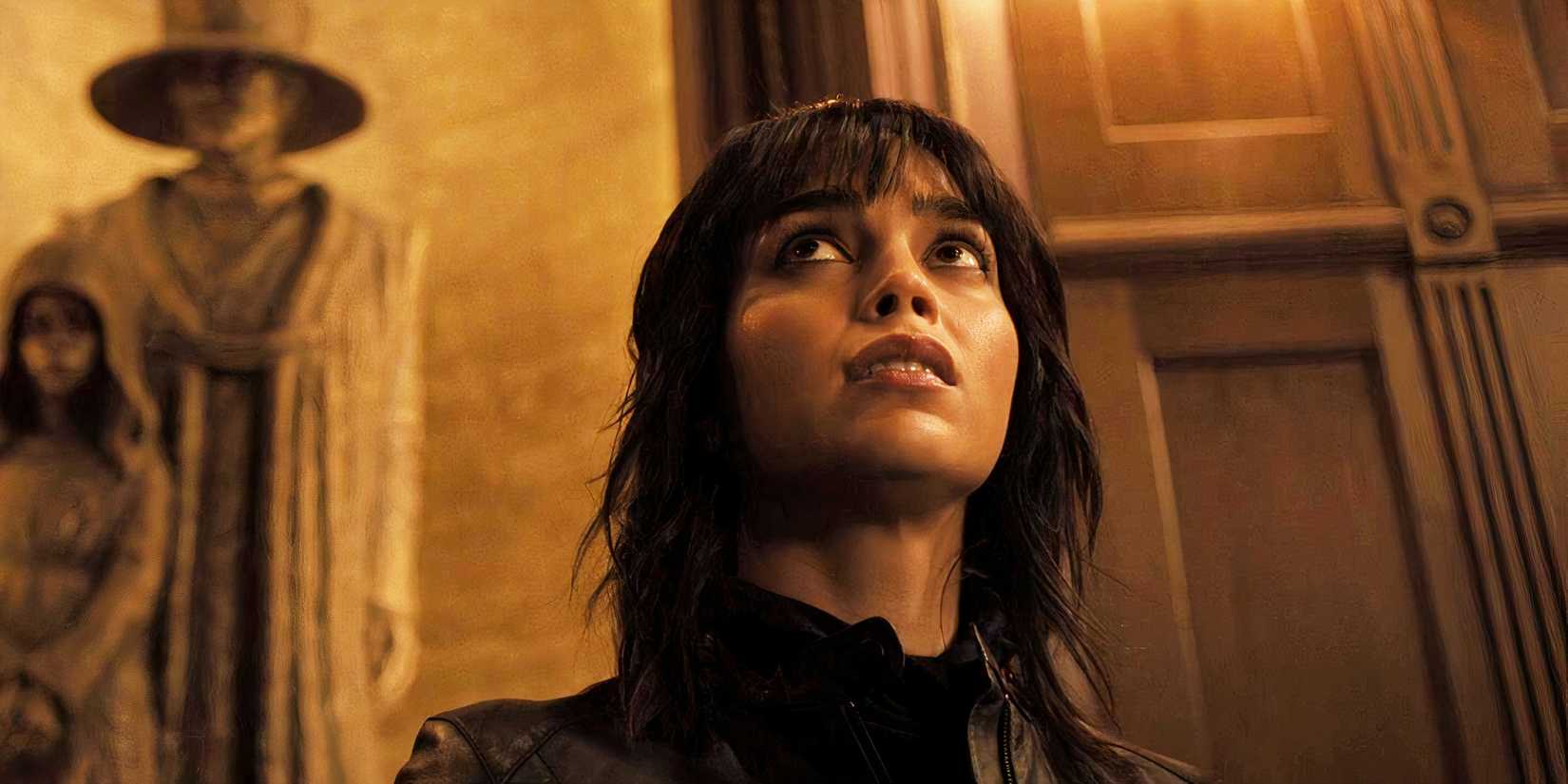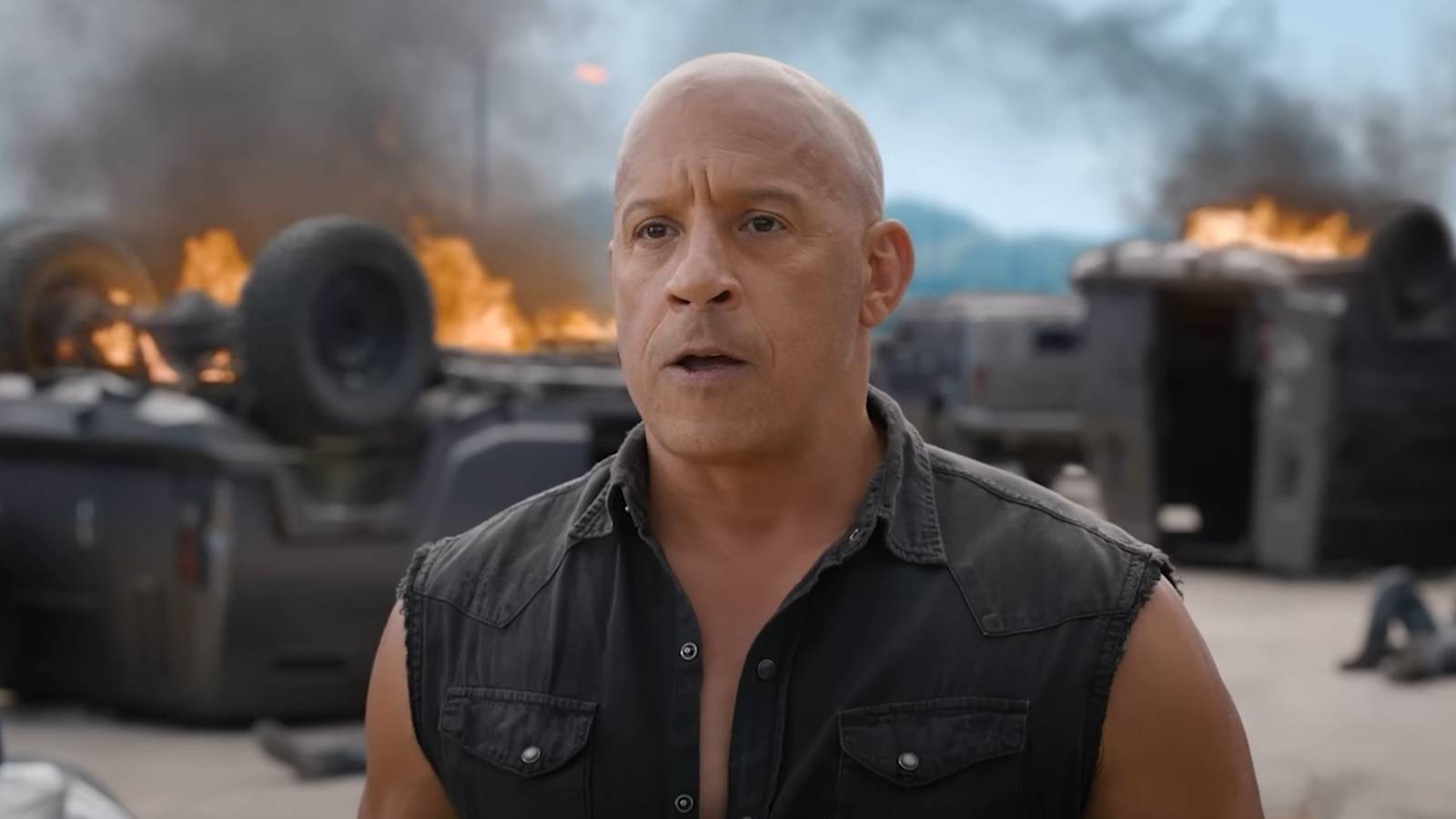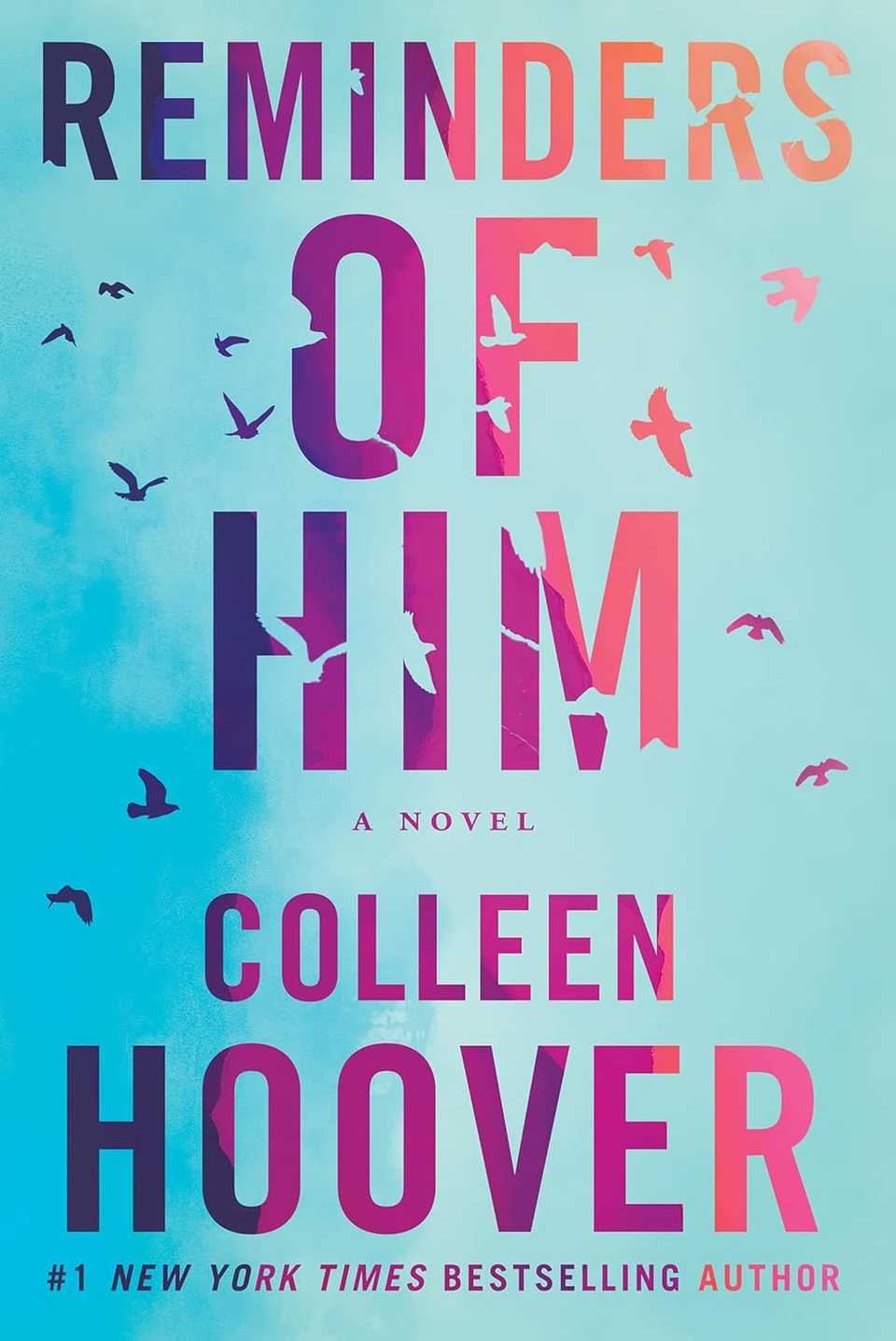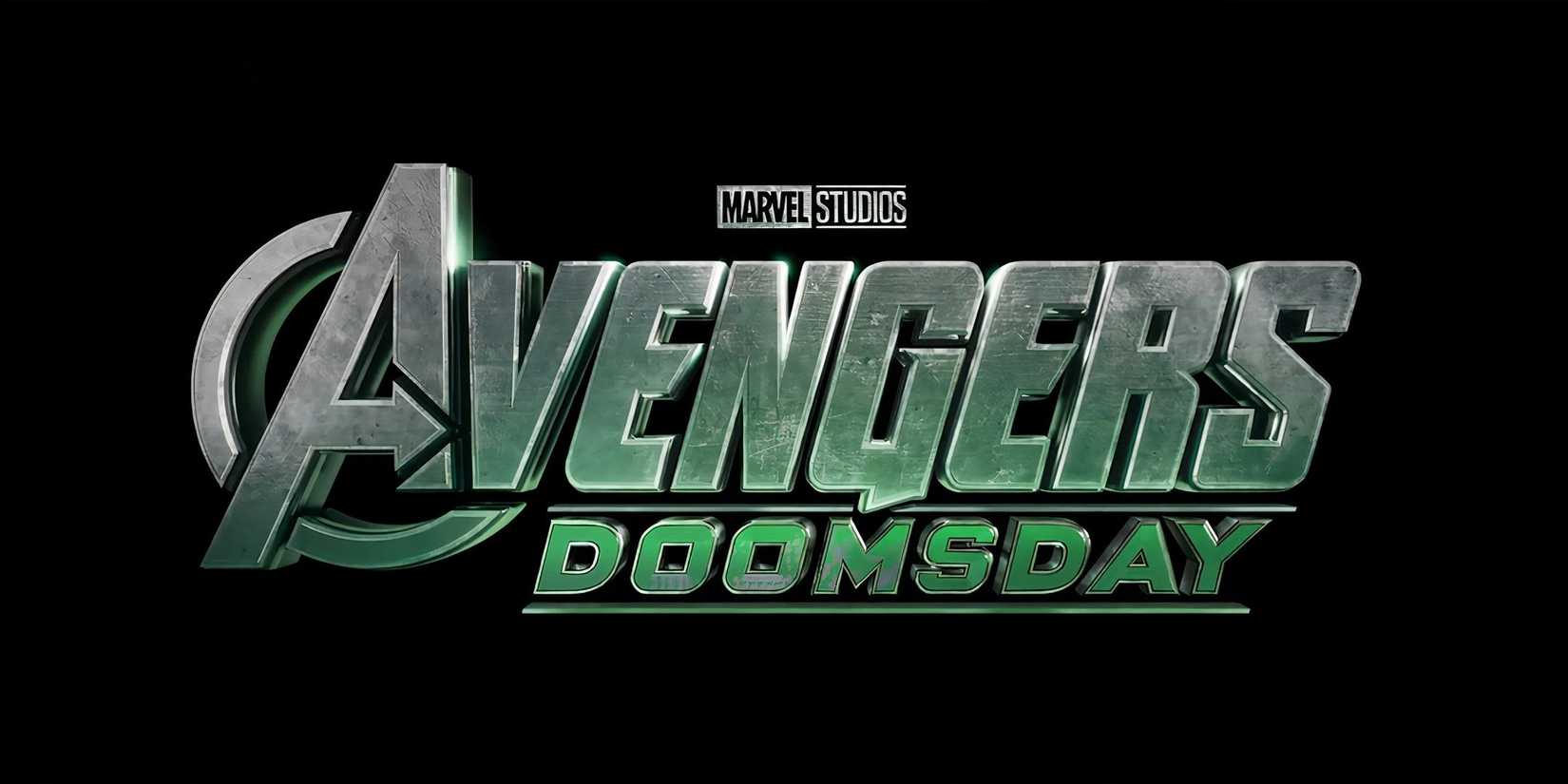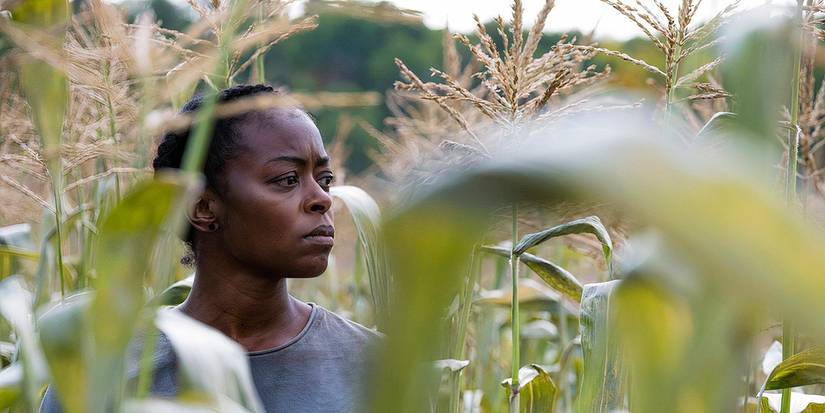Zach Cregger’s Weapons is one of the most talked-about movies of 2025, but the horror film has an unusual source of inspiration, according to the director. Much like Barbarian, Cregger’s new hit is another incredibly strange spin on the genre, mixing campy elements and cheap jump scares with serious themes, a unique story structure, and award-worthy performances.
One of the most memorable aspects of Weapons is the order in which the story is told. Rather than being told linearly, the film uses a chapter structure, where each segment of the film focuses on a different character. This allows the movie to control its release of information in an interesting way, showing how the lives of each of the main characters intersect and overlap at various points throughout the story.
This type of story structure is similar to what Cregger did in Barbarian, with the film at first following Georgina Campbell’s Tess before switching perspectives to Justin Long’s AJ. Weapons, however, does this on a much grander scale, following Justine, Archer, Marcus, James, Paul, and Alex. This system is far more complex and immediately brings to mind this 1999 classic.
Weapons’ Was Inspired By Paul Thomas Anderson’s Magnolia
Weapons undoubtedly had a lot of horror inspirations, but writer and director Zach Cregger didn’t limit himself to only one genre when pulling from other films. In an interview with EW, Cregger cites Paul Thomas Anderson’s Magnolia as one of his big inspirations:
I love that movie. I love that kind of bold scale. It gave me permission when I was writing this to shoot for the stars and make it an epic. I wanted a horror epic, and so I tried to do that.
1999’s Magnolia follows a sprawling cast of characters in the San Fernando Valley, with each of them following their own stories that happen to intersect with the stories of the other characters at various points. The comedy-drama film is one of Anderson’s most complicated and most beloved films, with Weapons being one of the many films inspired by it.
Weapons’ ensemble cast and story structure clearly take notes from Magnolia, and it is easy to see the DNA of the Paul Thomas Anderson film without having heard Cregger’s comments. The character-focused framing device isn’t something that is prevalently seen in other horror movies, but Magnolia fans will instantly recognize how Cregger uses his characters in a similar way to Anderson.
Weapons‘ style of comedy, usage of its setting, and visuals can also be seen in Magnolia. The unique mix of humor and despair works in both films, whether that despair is a dying father or a classroom of missing children. On top of that, the thematic purpose of both films is incredibly vague, leaving viewers to dissect the various and contradictory meanings of each film.
So, while it isn’t a horror film, Magnolia is a must-watch for audience members who liked Weapons. Magnolia can be rented or purchased on most digital marketplaces but is not available on a streaming service. Watching it can help provide a better understanding of Zach Cregger’s Weapons.

